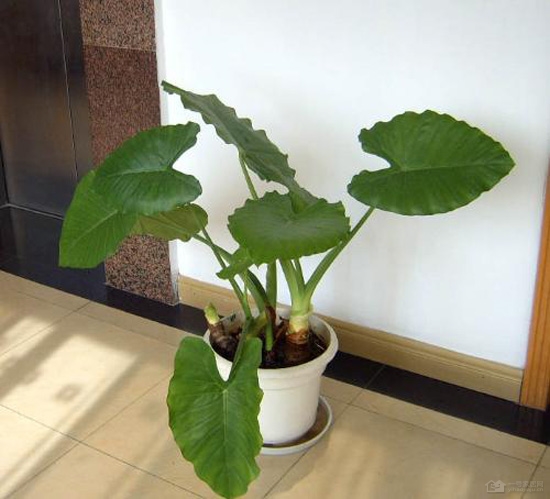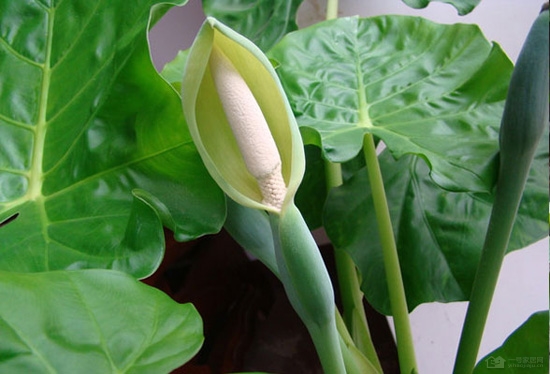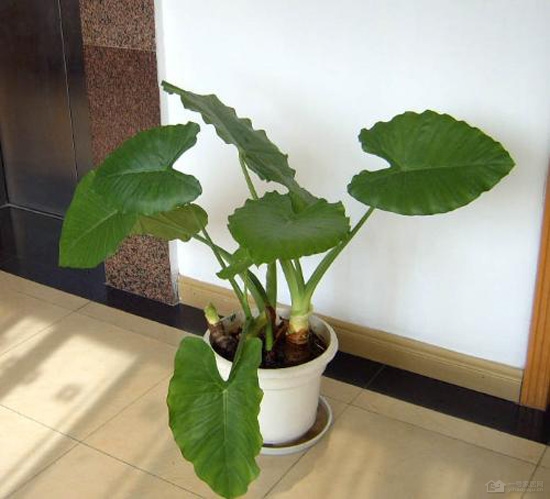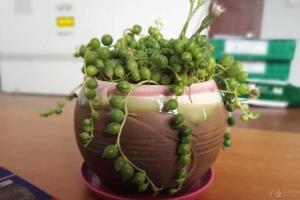What are the solutions to the yellow leaves of Guanyin?
Now almost every family will raise several pots of potted plants, which not only have ornamental value, but also can purify the air. However, we often have the trouble that potted plants are always "sick" and unable to live. For example, the leaves of Dishui Guanyin turn yellow. in the face of such a problem, what should we do? what are the solutions to the yellowing of Dishui Guanyin leaves? Next, the editor will give you some advice. Let's take a look.

In fact, the way to prevent and cure the yellowing of Guanyin leaves in dripping water is to start with the cause and find the root cause before a solution can be found. Generally speaking, the main reasons for the yellowing of dripping Guanyin leaves are lack of light, unreasonable watering, inappropriate soil conditions, weather, diseases and insect pests, man-made damage and so on. For these reasons, the editor integrates the following solutions.

1. Give Dishui Guanyin reasonable lighting conditions. Dishui Guanyin likes a semi-overcast environment. Shade should be paid attention to during maintenance, but remember to keep it in a dark environment for a long time. In addition, we should also pay attention to the ventilation of the environment and keep the air smooth.
2. Dripping Guanyin needs a lot of water. If you want to see it dry, pour it thoroughly at once until there is water flowing out from the bottom of the basin. Watering should be regular and do not make the basin soil too dry or too wet for a long time. When watering, clean the leaves with a spray can to keep them clean, and by the way, you can see the water rolling down from the leaves.
3. Dishui Guanyin does not have high requirements for soil, but it is necessary to ensure the fertility of basin soil, choose sandy loam or humus loam containing organic matter, change soil in time and increase nutrition. In order to increase the resistance of the plant itself, do not simply use nitrogen and phosphorus fertilizer, combined with organic fertilizer alternately, a little ferrous sulfate will make the leaves bigger and greener.

4. Keep the living environment of Dishui Guanyin warm and humid, move it indoors in time when the weather is cold in winter, and slowly change the living environment of Dishui Guanyin to adapt to the change of ambient temperature. remember not to put Dishui Guanyin in an environment where the temperature goes up and down.
5. To prevent man-made damage to dripping Guanyin, the juice of dripping Guanyin is poisonous, so try to avoid physical contact with it. When red spiders appear on the plant, spray with 1000 times of dimethoate emulsion or 1000-1500 times of dichlorvos.
The above is the solution that should be taken when the leaves of Dishui Guanyin turn yellow. As long as we do it according to the above methods, we can keep the dripping Guanyin green and lush.
- Prev

What is the reason for the rotten roots of dripping Guanyin and how to solve it?
What is the reason for the rotten roots of dripping Guanyin and how to solve it?
- Next

The culture method of raising flowers such as heart-nourishing pearl orchid
The culture method of raising flowers such as heart-nourishing pearl orchid
Related
- Wuhan Hospital Iron Tree Blooming Result Was Instantly Frightened by the Gardener Master
- Which variety of camellia is the most fragrant and best? Which one do you like best?
- What is the small blue coat, the breeding methods and matters needing attention of the succulent plant
- Dormancy time and maintenance management of succulent plants during dormancy
- Minas succulent how to raise, Minas succulent plant pictures
- What are the varieties of winter succulent plants
- How to raise succulent plants in twelve rolls? let's take a look at some experience of breeding twelve rolls.
- Attention should be paid to water control for succulent plants during dormant period (winter and summer)
- Watering experience of twelve rolls of succulent plants
- Techniques for fertilizing succulent plants. An article will let you know how to fertilize succulent plants.

